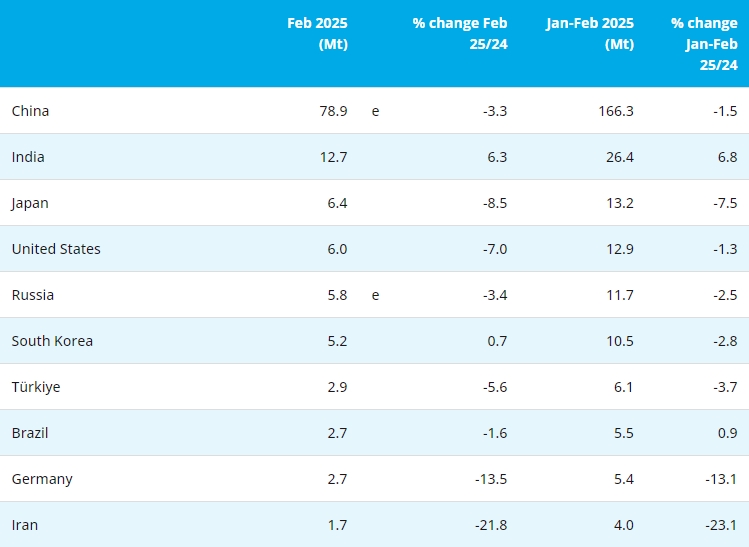[Ferro-Alloys.com]Halloween might be a tad spookier for radiology departments this fall, as the supply of a commonly-used isotope may be restricted in the U.S. when a Canadian reactor ceases production on Oct. 31 st. While organizations like the Nuclear Science Advisory Committee have been planning for this closing for years, it held a crucial meeting on the status of molybdenum-99 supply in late September.
Molybdenum-99 is a precursor isotope to the extremely common technetium-99m, used in a wide variety of cardiac and skeletal imaging. The primary alternative for some organizations is a PET scan with rubidium-82, although the cost of exams and equipment can be prohibitive for both patients and care providers.
The meeting had two central purposes; receive updates from domestic molybdenum manufacturers and present molybdenum supply and demand projections, produced by the Organization for Economic Co-Operation and Development (OECD).
Beginning in 2009, the National Nuclear Security Administration partnered with U.S. companies to accelerate the development of non-enriched domestic sources of molybdenum. Current partners include NorthStar Medical Radioisotopes and SHINE Medical Technologies, who recently relocated to Janesville, Wisconsin to prepare for the construction of their radioisotope production facility.
Additionally, while the OECD report was optimistic, it concluded that the molybdenum-99 supply chain was not yet sustainable.
Years of government subsidies and low market prices led to an under-valuation of both the product and the associated medical procedures, resulting in an underinvestment in infrastructure. Aging and poorly-maintained reactors contributed to a shortage in 2009 and 2010 and continue to be a source of concern.
In 2011, the OECD mandated that molybdenum producers should recover their full cost of production to ensure supply chain security. While they are on their way to achieving full cost recovery, the process is happening at different speeds—and not everywhere. The reserve supply is still insufficient in the case of an unplanned shutdown.
“In 2016, capacity should be sufficient to manage adverse events, but that mitigation capability would reduce in 2017, from when there was a clear need for additional processing capacity,” the authors wrote. “If the planned additional capacity is successfully introduced in 2017, the supply through 2020 should also be secure. However, the supply would require careful planning and a high degree of supply chain cooperation for the foreseeable future.”
- [Editor:Jiang Li Juan ]



 Save
Save Print
Print Daily News
Daily News Research
Research Magazine
Magazine Company Database
Company Database Customized Database
Customized Database Conferences
Conferences Advertisement
Advertisement Trade
Trade












 Online inquiry
Online inquiry Contact
Contact

Tell Us What You Think